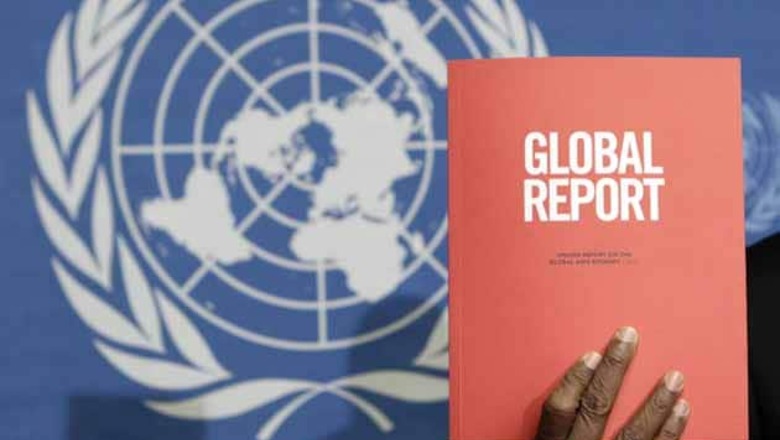
views
Mumbai: December 1 is World AIDS Day, and there is some reason for India to feel good about.
A new study, conducted by a multinational diagnostic chain, claims that the number of HIV positive patients has declined in the country in the past three years.
The study, conducted by Metropolis Healthcare Ltd, tested a sample size of 18,005 walk-in patients for HIV-related diseases between January-October 2008, 2009 and 2010, in Mumbai, New Delhi, Kolkata and Chennai.
In 2008, of 5,890 patients who underwent HIV testing, only 228 tested positive; in 2009, 140 out of 2,526 and in 2010, 139 out of 2,565.
Of these, the gender-wise break-up 61 percent men and 38 percent women in 2008, 68 percent men and 38 percent women in 2009, and 77 percent men and 22 percent women in 2010, mostly between the age group of 14-45 years.
The study attributed the decline in the HIV positive population to general awareness, education, several government initiatives, non-government organisations working in the field, early detection and treatment and use of condoms among the high risk groups like sex workers and transgenders.
It said that the national HIV prevalence rose dramatically in the early years of the epidemic, but a study released in early 2006 showed that the infection rate had also dipped in south India, a region hit hardest by AIDS.
Besides, the National AIDS Control (NACO) figures of 2008 also indicated that the number of HIV people had declined in the country from 2.73 million in 2002 to 2.27 million in 2008, Metropolis said, quoting the official figures.
Fast facts on HIV/AIDS
2.6 million people were newly infected with HIV worldwide in 2009.
1.37 million new cases of tuberculosis worldwide among HIV-infected people in 2008.
1.8 million people died of AIDS-related illnesses worldwide in 2009.
5.25 million HIV-positive people had access to ART in low- and middle-income countries in 2009.
69% of all people living with HIV are in sub-Saharan Africa.
2.3 million children were living with HIV in sub-Saharan Africa at the end of 2009.
26% of pregnant women were tested for HIV in low- and middle-income countries in 2009.
53% of pregnant women living with HIV in low- and middle-income countries received antiretrovirals for the prevention of mother-to-child transmission in 2009.
2.5 million children were living with HIV worldwide at the end of 2008.
3.9 million people in sub-Saharan Africa received antiretroviral therapy in 2009.
33.3 million people were living with HIV worldwide in 2009.
Over 30 million people were living with HIV in low- and middle-income countries in 2009.
Over 1000 children were newly infected with HIV per day worldwide in 2009.
(Source: World Health Organization)




















Comments
0 comment